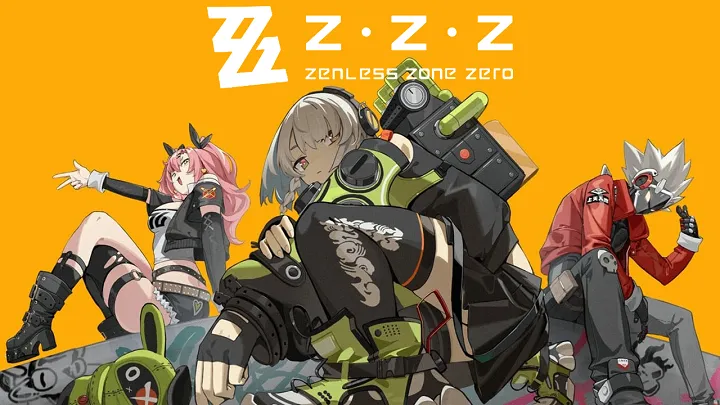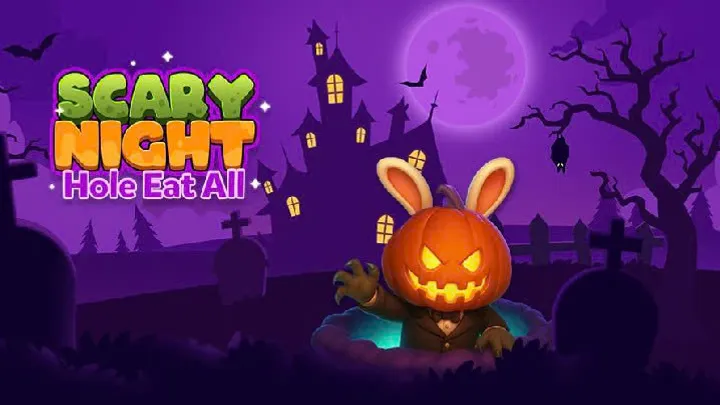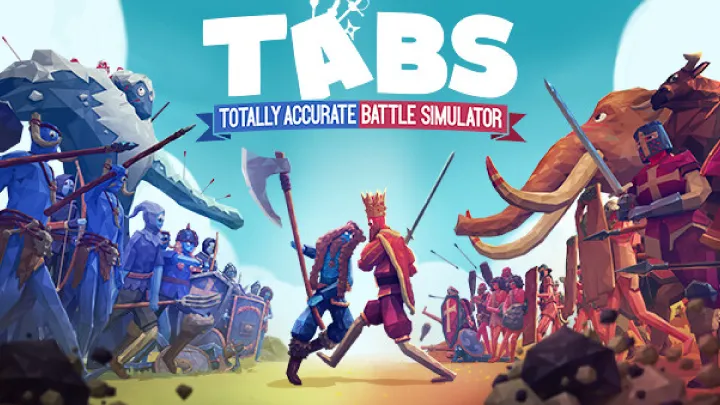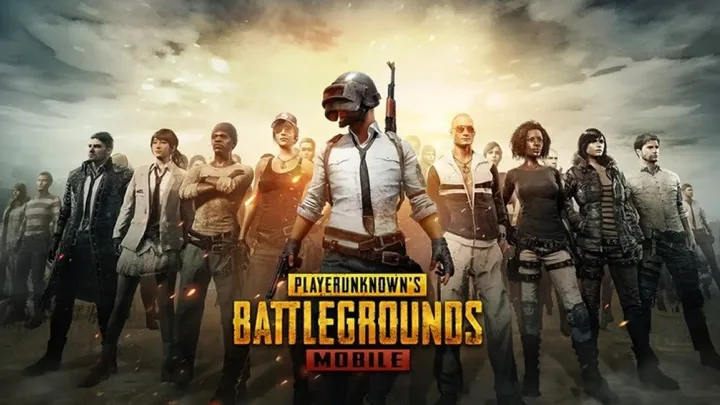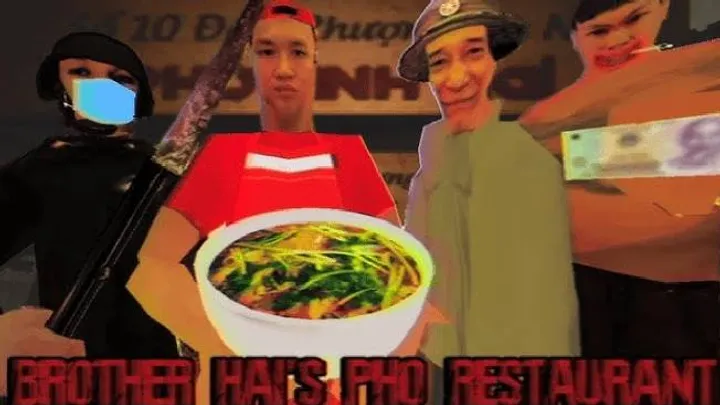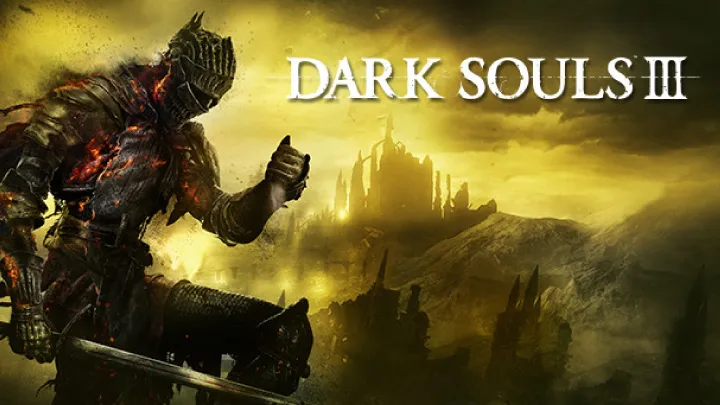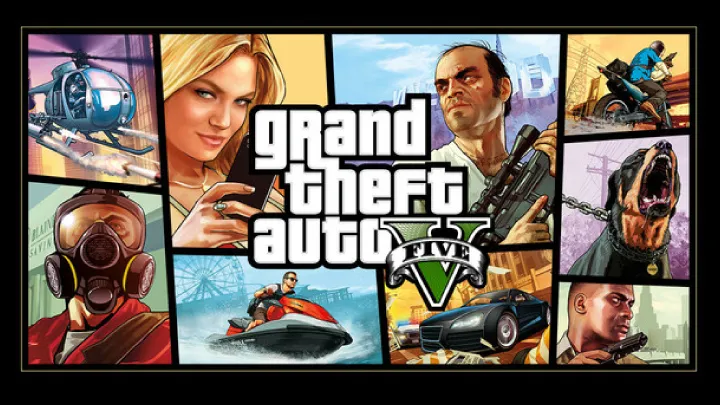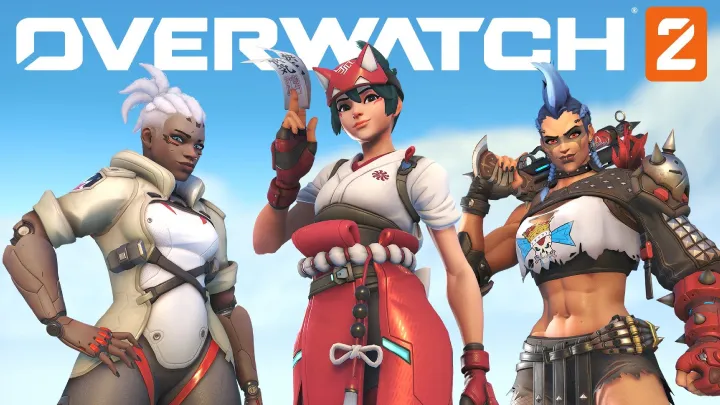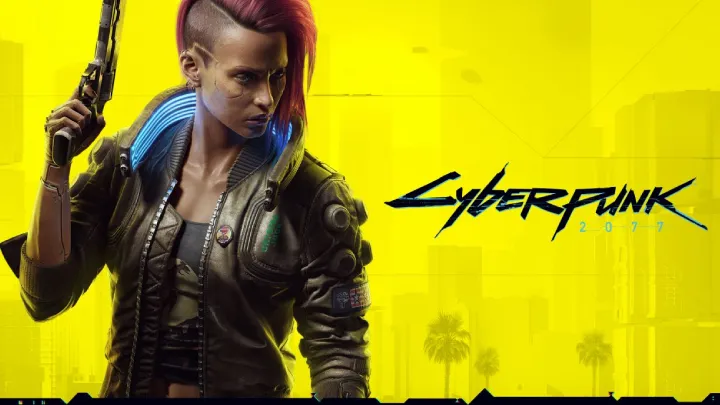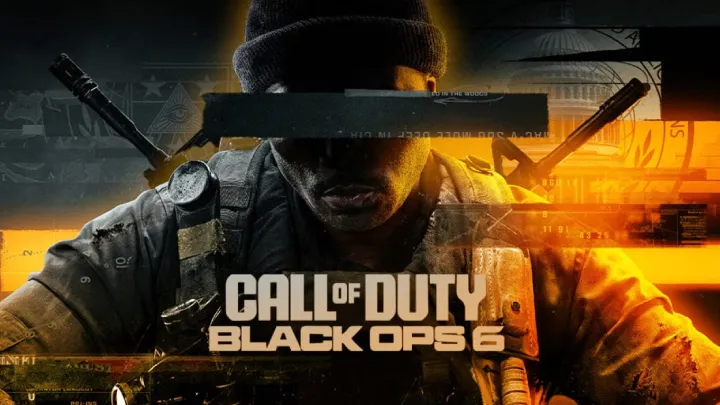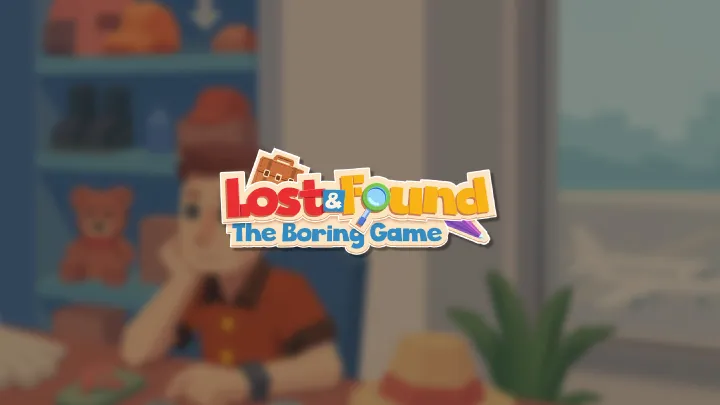Into the Dead: Our Darkest Days Review
Introduction
Into the Dead: Our Darkest Days, developed by PikPok and released on April 9, 2025, for PC via Steam, delivers a gripping survival horror experience set in a zombie-infested Walton City, Texas, during the 1980s. Players lead a group of survivors through scavenging missions and base management in a side-scrolling format, with gameplay spanning 10-15 hours across multiple runs. Priced at $24.99, it gained significant attention following its Early Access announcement in 2024 and a demo showcased at PAX East, highlighted in player-shared survival clips and developer updates. Early feedback praised its atmosphere and strategic depth, though some noted balance issues and technical glitches. This review explores its narrative, world, gameplay, and technical execution to assess its potential as a standout zombie survival title.
Narrative & Storytelling
Into the Dead: Our Darkest Days crafts its narrative through a survival-driven storyline that unfolds through player decisions and environmental details. Players guide a duo of survivors through a zombie apocalypse, with the story evolving through scavenging logs, survivor interactions, and escape plans, shaped by the harsh realities of 1980s Texas. The narrative arc centers on escaping Walton City, with key moments—such as rescuing a new survivor or fortifying a safehouse—adding a sense of hope and desperation. These moments foster a blend of tension and camaraderie, evolving from initial survival to a desperate exodus.
However, the lack of a detailed overarching plot might leave some wanting a richer narrative, as the experience relies on emergent stories—player choices, survivor fates, or environmental hints—that depend on individual perseverance. The storytelling excels in its gritty realism and emotional stakes, though its depth hinges on the participant’s investment in the group’s survival, making it a compelling saga for those who embrace its bleak tone.
World & Environments
The world of Into the Dead: Our Darkest Days centers on the sprawling, decaying city of Walton City, featuring diverse zones like urban streets, abandoned stores, and rural outskirts, rendered with a detailed, gritty aesthetic. The environments shift with each run—day-night cycles, zombie hordes, or collapsing structures—enhanced by interactive elements like scavengable loot, barricades, and dynamic weather, creating a tense backdrop. Sound design, with haunting background music, zombie growls, and ambient noise, builds an immersive atmosphere, while visual effects like blood splatters or flickering lights add tactical variety.
Yet, the focus on a fixed city might limit environmental evolution over time, as the emphasis remains on survival zones rather than a living ecosystem. The design prioritizes a harrowing, evolving setting, which could feel repetitive for players seeking broader exploration. Community feedback celebrates the atmospheric design and 1980s vibe, though some note map navigation challenges, suggesting a world that thrives in horror but may benefit from layout aids to sustain engagement.
Gameplay Mechanics
Core Loop
The core loop revolves around scavenging and survival, where players manage resources and combat within 10-15 minute sessions, offering a suspenseful rhythm. The cycle of looting, crafting, and defending drives a compelling flow, encouraging strategic play.
On-Field Mechanics
The gameplay hinges on survival horror mechanics, where players use stealth, combat, and resource management to survive, with tactical depth added by weapon durability and zombie AI. Single-player focus introduces variety, though balance issues with difficulty can disrupt flow. The mechanics reward planning and caution, demanding mastery to overcome their relentless challenge.
Mode-Specific Features
The primary mode includes Campaign Mode, with objectives like reaching safe zones or completing escape plans providing goals. Side activities like crafting or survivor care add variety, while permadeath runs offer replayability. The range of activities caters to different playstyles, but balance adjustments for difficulty and inventory management lag, a point raised in early feedback.
Progression & Multiplayer
Progression includes earning resources, unlocking upgrades, and managing survivor skills, balancing effort with survival and strategic rewards in a system that feels rewarding based on initial play. The game lacks multiplayer, focusing on solo survival, though limited save options limit flexibility. The progression elements thrive on resource mastery, requiring refinement to enhance accessibility.
Technical Execution
Into the Dead: Our Darkest Days delivers a visually intense experience with its detailed graphics, smooth animations, and gruesome effects, optimized across PC with moderate requirements. Post-launch updates have addressed stability, with patches like the May 2025 balance update adding content, though occasional glitches like frame drops, crashes, and optimization issues persist. Audio impresses with a suspenseful score and zombie sounds, though repetitive loops can detract over long sessions.
Controls are responsive with precise inputs, offering a natural feel on keyboards and controllers, though the lack of touch support limits versatility. Ongoing updates are refining core systems, but initial technical hiccups suggest continued optimization is needed. The execution supports the horror focus, with visuals and audio as strengths amid polish challenges.
Community Feedback
Into the Dead: Our Darkest Days has cultivated an engaged community, with early praise for its atmosphere, strategic depth, and 1980s setting, though concerns about balance, technical issues, and content depth surface from player discussions. Excitement for updates like Spill Zone and new survivors is widespread, but frustration with difficulty spikes and server lag persists. Community feedback drives development, sustaining interest, and player retention remains strong, fueled by its Early Access roadmap and developer transparency.
Criticism centers on technical stability and design, with players noting lag and a desire for easier difficulty options, alongside debates over weapon durability. The community’s active input shapes updates, reflecting a group eager to see the game evolve into a refined survival horror classic, with initial Steam reviews showing a mostly positive reception.
Final Verdict
Into the Dead: Our Darkest Days delivers a thrilling survival horror experience with its tense atmosphere and strategic gameplay, celebrating a unique 1980s zombie twist. Its world and mood shine, though balance issues and technical challenges pose hurdles. It’s a must-play for horror and strategy fans, with patience required as updates refine the experience.















































